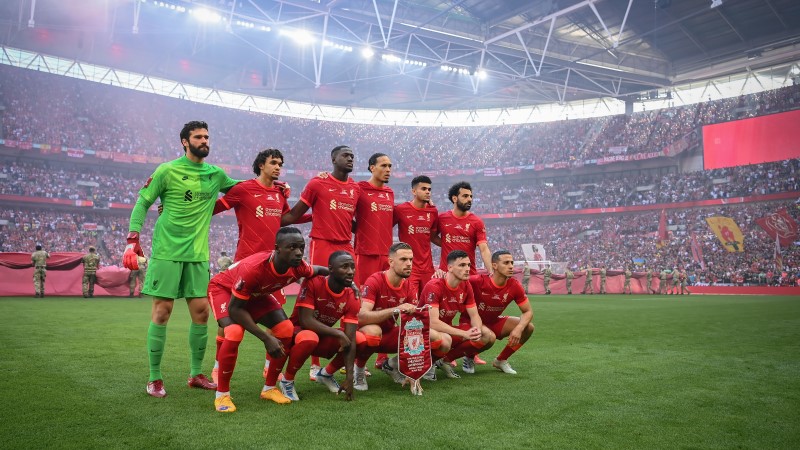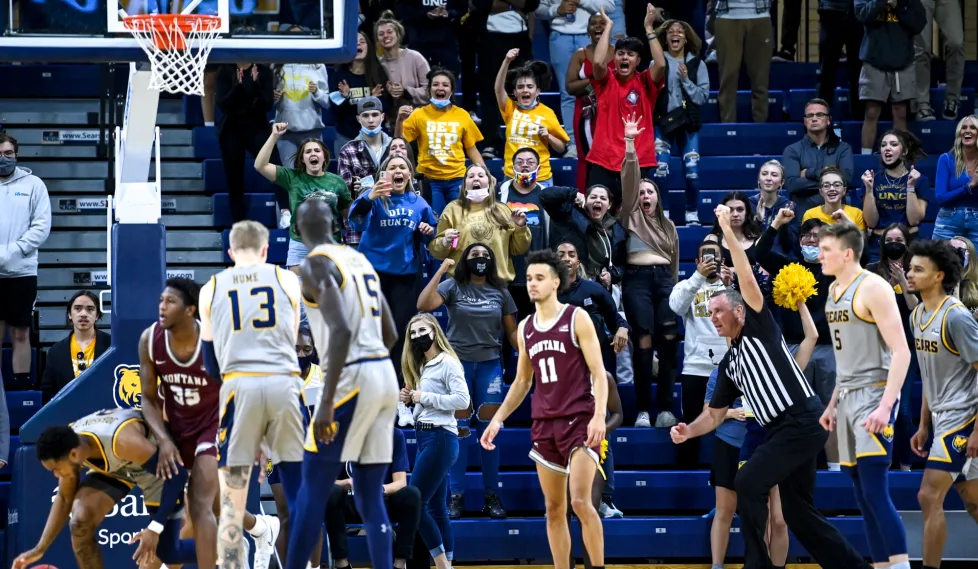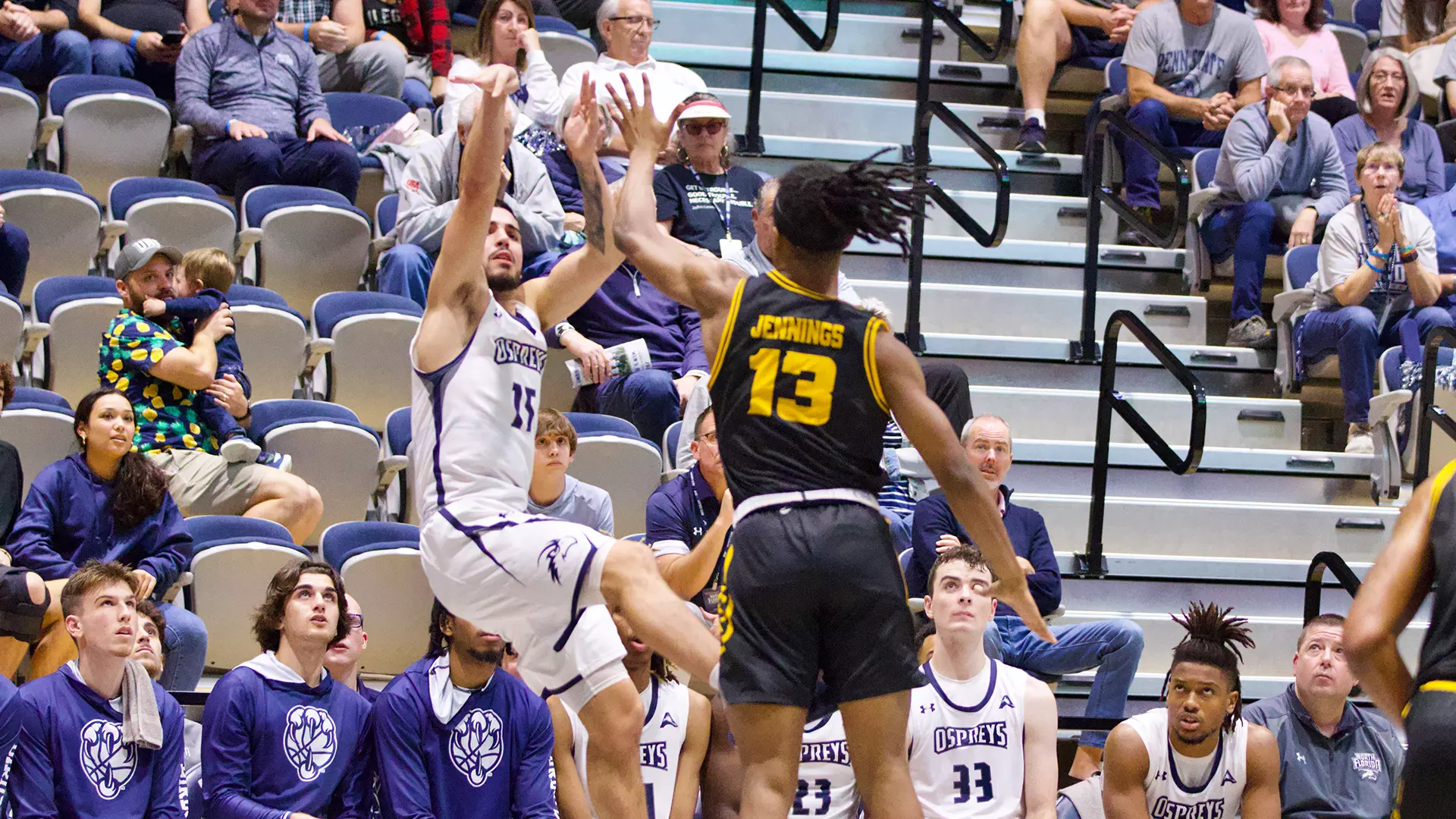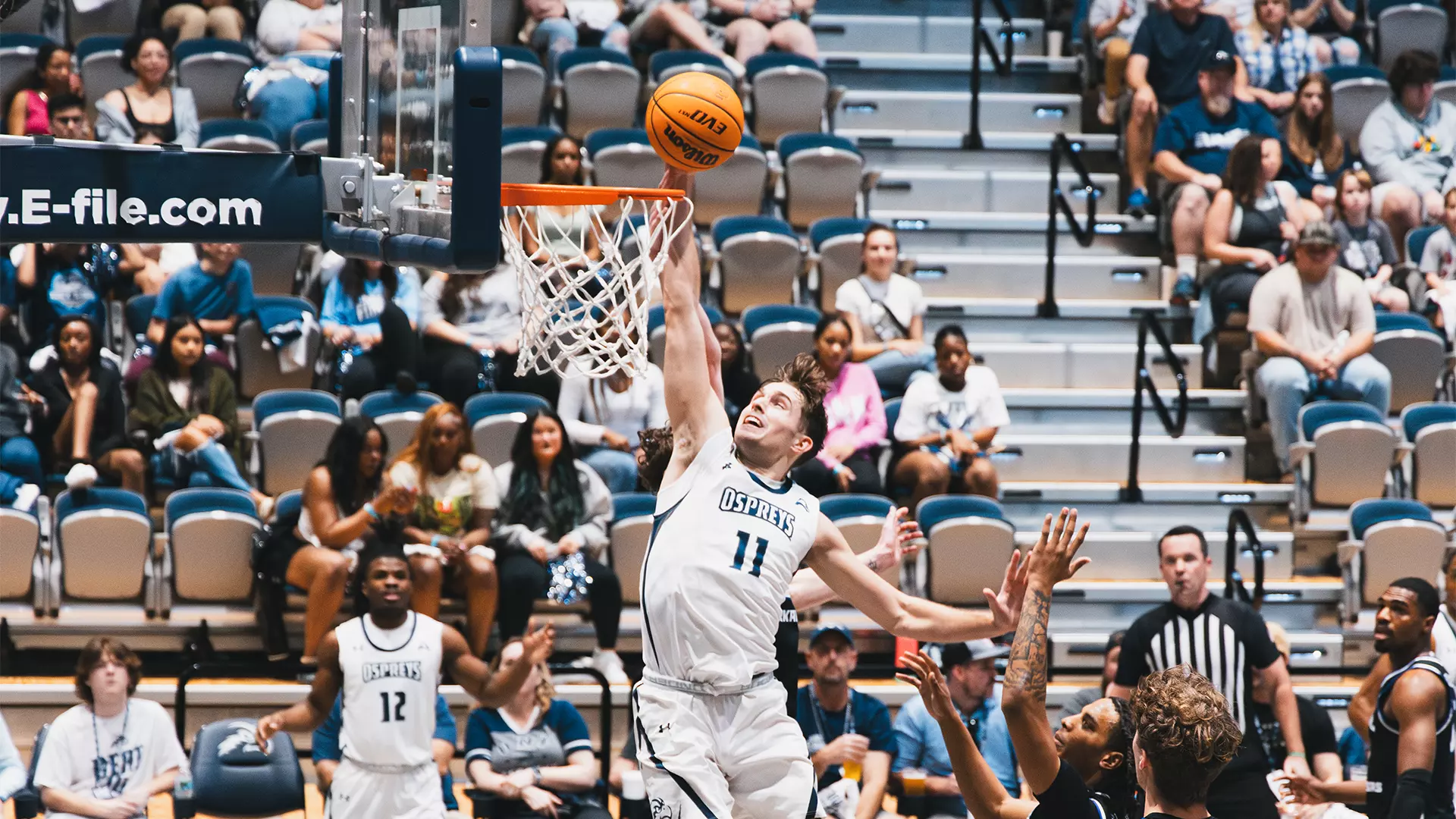The role of the quarterback in the NFL has undergone a seismic shift over the past few decades. Traditionally, the quarterback was seen as the team’s field general—a stationary, highly accurate passer who stood tall in the pocket and delivered strikes to wide receivers downfield. This mold was epitomized by legends such as Joe Montana, Peyton Manning, and Tom Brady. These quarterbacks won games through meticulous preparation, quick decision-making, and precise throws.
However, the NFL today is witnessing the rise of a new breed of quarterbacks: the dual-threat stars. Quarterbacks like Patrick Mahomes, Lamar Jackson, and Josh Allen have transformed the position by blending elite arm talent with incredible athleticism. They’re not just passers—they’re playmakers, capable of escaping pressure, extending plays, and picking up big gains on the ground. This evolution has changed the way offenses are designed and how defenses are forced to adapt.
Comparing Styles: Classic vs. Modern Quarterbacks
While pocket passers like Tom Brady and Peyton Manning mastered the cerebral aspects of the game—pre-snap reads, timing, and accuracy—dual-threat quarterbacks add a layer of unpredictability that defenses struggle to contain. Brady, for example, thrived by dissecting defenses and using his football IQ to compensate for a lack of mobility. His quick decision-making allowed him to find open receivers before pressure could reach him.
On the other hand, quarterbacks like Patrick Mahomes can take a broken play and turn it into a highlight-reel touchdown. Mahomes’ ability to escape the pocket, make off-platform throws, and scramble for first downs forces defenses to cover every inch of the field. This skill set not only frustrates defenders but also makes the offense far more dynamic.
Why Are Dual-Threat QBs Thriving Today?
The modern NFL values speed and athleticism more than ever before. Defensive linemen are faster and more disruptive, meaning quarterbacks need to be able to escape pressure rather than rely solely on their offensive line. Offensive schemes have also adapted, incorporating more spread formations, Run-Pass Options (RPOs), and designed quarterback runs, which fit the skill sets of mobile quarterbacks.
The dual-threat quarterback is not just a trend; it’s the future of the NFL. As college football continues to produce athletic quarterbacks, the NFL will keep evolving to accommodate their unique talents. That being said, the best quarterbacks, whether pocket passers or dual-threats, are those who can adapt their game to any situation, combining intelligence with athleticism to lead their teams to success.






